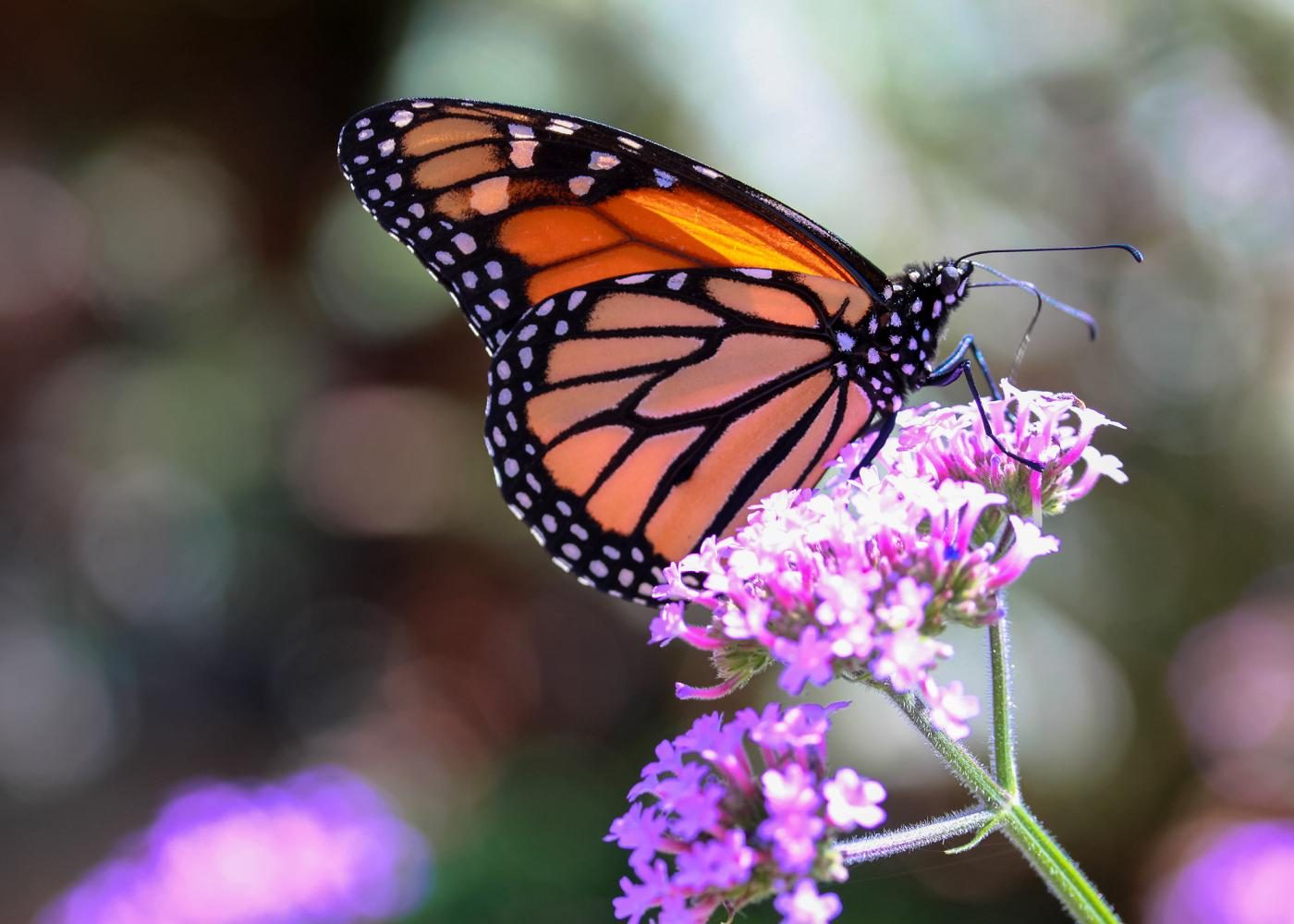Monarch butterfly disappearing in the west
Researchers want to help the population recover
September 18, 2017
A WSU researcher, along with several others, announced that the monarch butterfly is rapidly disappearing from Coastal California and the Pacific Northwest.
Researcher Cheryl Schultz of WSU Vancouver is the lead author of the research on the monarch butterfly along with three others. The study shows that the population decline is worse in the west than the east.
The study that was published in the journal Biological Conservation shows that there has been a decline of the appearance of the species of butterfly in North America.
“Our focus is going to be understanding the biology of the butterfly,” Schultz said. “So we can help the population recover.”
According to the journal, the butterflies are disappearing at a rapid rate. In the 1980s, the population of butterflies were in the millions. Now, the number dropped to the hundred thousands.
Elizabeth Crone, a biology professor at Tufts University and co-author of the study, talked about how the decline of the monarch butterfly is still unknown.
When asked about the source of the disappearance, Crone said, “We do not know exactly how this problem started.”
Both Schultz and Crone agree that there are many environmental factors that play into the disappearance of the monarch butterfly.
“We are seeing monarchs across North America, we do not have the data for the decline,” Schultz said. “So some of the common factors associated with the decline would be loss of habitat … and pesticides.”
The U.S Department of Fish and Wildlife funded the study, and is considering whether the monarch butterfly should be given special protections under the Endangered Species Act.
Shultz went on to say that there are ways the general public can help bring back the species of butterfly, for example, not using pesticides on native plants on which the insect lays their eggs.
“We are just starting to learn what [we can do], there is a lot of focus on restarting habitat and restoring milkweeds,” she said, “especially in places like western Oregon and Idaho.”










